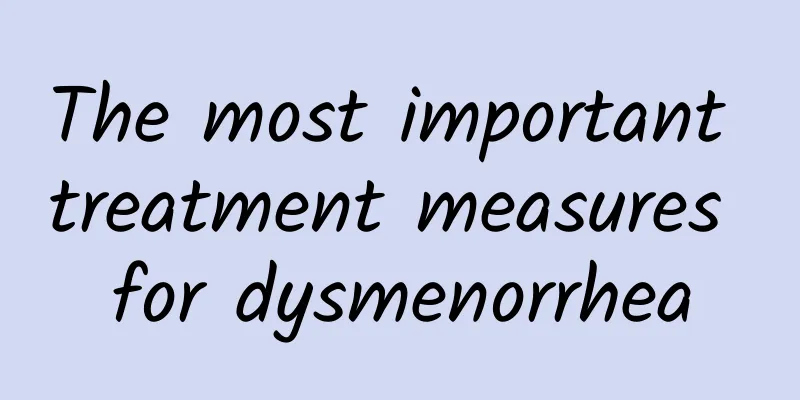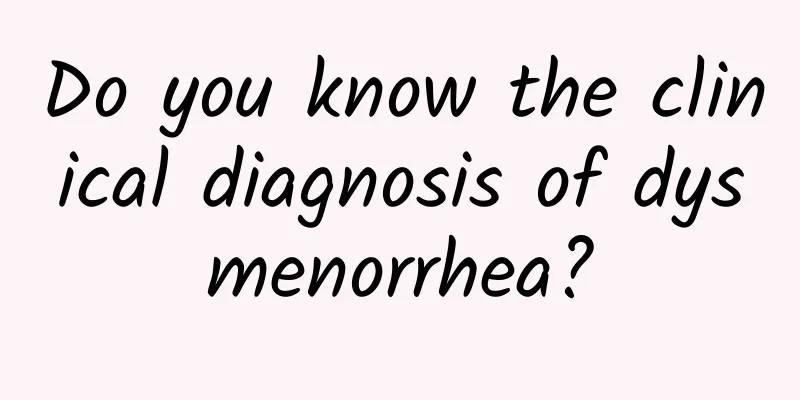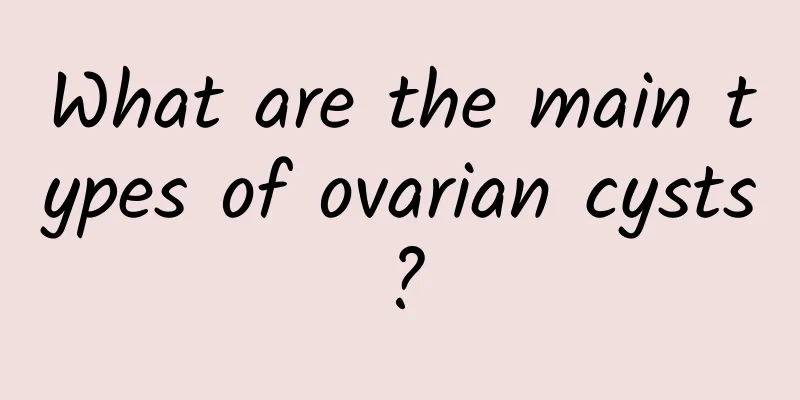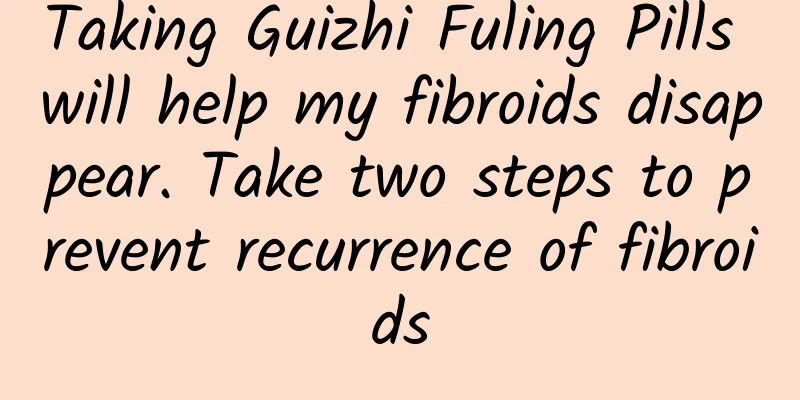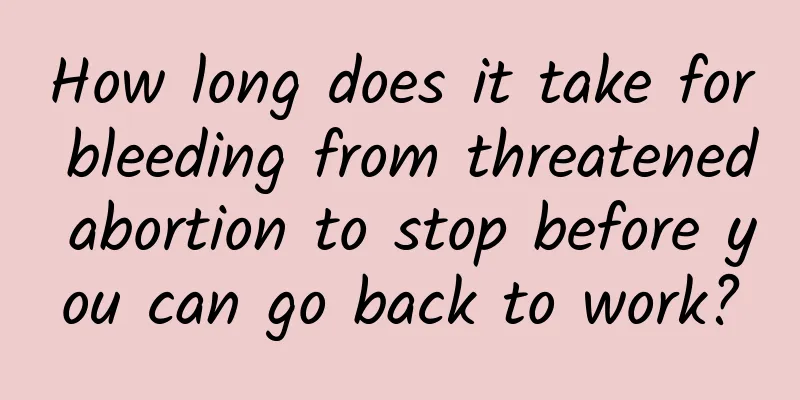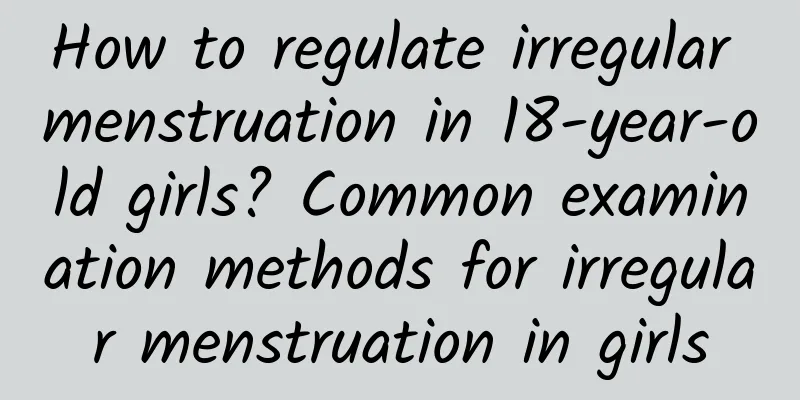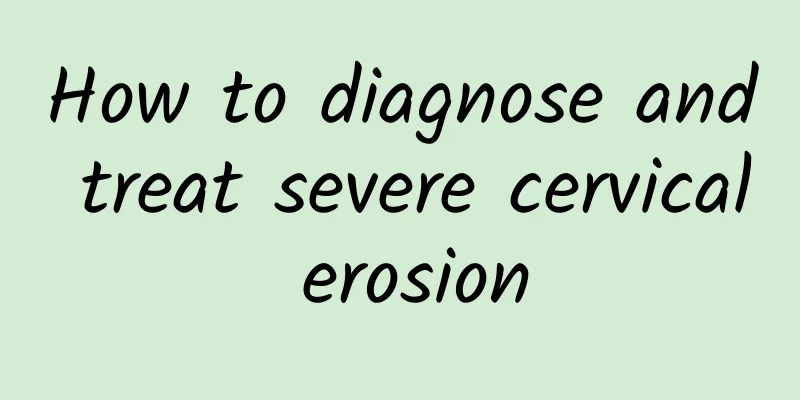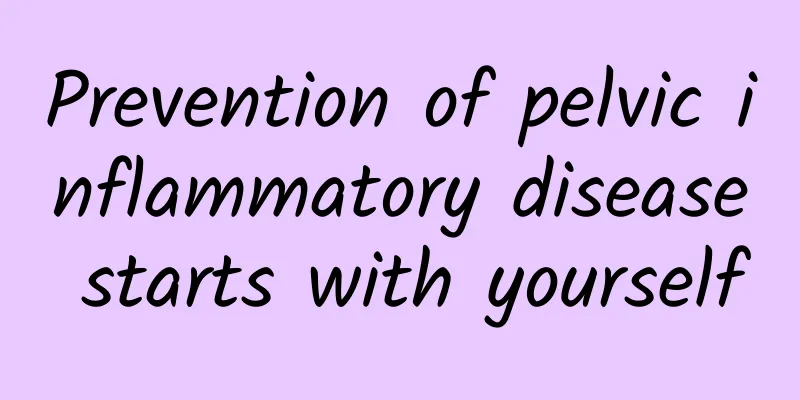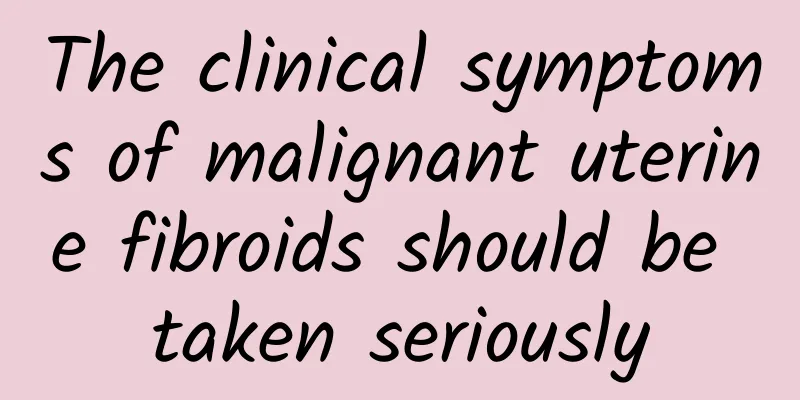Treatment of uterine fibroids

|
Uterine fibroids are a common gynecological disease. Female friends must be familiar with them. They are benign tumors. So, how to treat uterine fibroids? Let's learn about the treatment methods of uterine fibroids. Uterine fibroids can be roughly divided into traditional Chinese medicine treatment, drug treatment, surgical treatment, etc. As follows: Traditional Chinese Medicine Treatment Traditional Chinese medicine believes that uterine fibroids are caused by dysfunction of internal organs, stagnation of qi and blood stasis. Therefore, traditional Chinese medicine treatment of uterine fibroids is mainly based on promoting blood circulation and removing blood stasis, removing blood stasis and dispersing nodules, clearing away heat and detoxification, soothing the liver and regulating qi, and removing blood stasis and relieving pain. Traditional Chinese medicine treatment of uterine fibroids can improve the blood circulation of the hyperplastic endometrium, gradually eliminate the simple hypertrophy of the myometrium, and soften the hyperplastic connective tissue, thereby regulating menstruation, stopping bleeding, eliminating pain, and restoring ovarian function. It can effectively control the growth of uterine fibroids, gradually soften the tumor, and finally dissipate it. Traditional Chinese medicine has a unique way to treat uterine fibroids. Basically, traditional Chinese medicine treats uterine fibroids by promoting blood circulation and removing blood stasis, dispersing knots and eliminating symptoms, and supplementing with regulating qi and removing stagnation, strengthening the body, so as to achieve the purpose of stopping bleeding, eliminating tumors, and restoring vitality. Uterine fibroids belong to the category of "accumulation of lumps". In traditional Chinese medicine, the most important method for this type of disease is "internal disease external treatment". The so-called "internal disease external treatment" method, as the name suggests, is a method of using Chinese medicine preparations to penetrate and absorb through the skin and enter the diseased parts of the internal organs to achieve the purpose of treatment. This method has long existed in traditional Chinese medicine, and Wu Shangxian, a famous doctor in the Qing Dynasty who was known as the master of external treatment, carried it forward. The "internal disease external treatment" method has many advantages such as easy use, long-lasting efficacy, and outstanding effect. It is directly attached to the acupoints outside the diseased part, and the efficacy directly acts on the affected part by penetrating the skin acupoints. Compared with the internal treatment method, it is not only faster and more targeted, but also has no risk of dialectical errors of oral medication. Drug treatment Indications for drug treatment: 1. Young people who want to preserve their fertility. Those who are infertile or have miscarriage due to fibroids at childbearing age. After drug treatment, the fibroids shrink and promote conception and fetal survival. 2. For premenopausal women, the fibroids are not very large and the symptoms are mild. After taking the medicine, the uterus will shrink and menopause will occur, and the fibroids will shrink accordingly, thus avoiding surgery. 3. Patients who have surgical indications but currently have contraindications and need to be treated before surgery. 4. Patients with concurrent medical or surgical diseases who are unable to undergo surgery or are unwilling to undergo surgery. 5. Before choosing drug treatment, it is advisable to perform diagnostic curettage and endometrial biopsy to exclude malignant changes, especially for those with menstrual disorders or increased menstrual flow. Curettage has both diagnostic and hemostatic effects. The basis of drug treatment is that uterine fibroids are sex hormone-dependent tumors, so drugs that antagonize sex hormones are used for treatment. Recently, drugs that temporarily suppress the ovaries are used. Surgery (I) Myomectomy: It is a surgery to remove the fibroids on the uterus and preserve the uterus. It is mainly used for those under 45 years old, especially those under 40 years old. This is not only for infertile women who have no children, but also for those who already have children, have large fibroids with a diameter greater than 6cm, have heavy menstruation and are ineffective with conservative medication, or have compression symptoms, submucosal fibroids, or fibroids that grow rapidly. Enucleation should also be performed for the sake of mental and physical health. As for the number of fibroids, it is usually limited to 15 or less. There are also examples of those who are eager to have children, no matter how many, even more than 100, who have children after excavation. Before or after uterine fibroid surgery, in order to prevent the fibroids from growing again, you can take Qinghong Gongliuqing Tablets to prevent the fibroids from growing again. (II) Hysterectomy: When expectant therapy and drug therapy cannot improve the patient's symptoms, and the patient needs surgery but is not eligible for myomectomy, hysterectomy is recommended. Hysterectomy can be performed by total hysterectomy or vaginal hysterectomy. Hysterectomy is mainly performed by abdominal surgery. For patients with small tumors, no inflammatory adhesions in the adnexa, excessive abdominal obesity, and eczema on the abdominal wall, vaginal surgery may be considered. Radiation therapy It is used for patients who are ineffective with drug treatment and have contraindications to surgical treatment or refuse surgical treatment. However, there are certain contraindications: 1. Patients under 40 years old generally avoid radiotherapy to avoid premature menopausal symptoms. 2. Submucosal fibroids (submucosal fibroids with a wide base can be treated with X-rays). They are prone to necrosis after radium therapy, which can cause severe uterine and pelvic infections. 3. Pelvic inflammatory disease: It is not suitable for use in patients with acute or chronic pelvic inflammation, especially those with suspected adnexal abscess, because radiotherapy can stimulate inflammation. 4. For patients with fibroids larger than the size of a 5-month pregnant uterus or cervical fibroids, intrauterine radium placement often cannot achieve the expected effect. 5. Uterine fibroids have become malignant or are suspected to be malignant. 6. Uterine fibroids and ovarian tumors exist at the same time. Uterine fibroids: http://www..com.cn/fuke/zgjl/ |
<<: Diagnosis of uterine fibroids
>>: Symptoms of uterine fibroids
Recommend
Analysis of common drugs for cervical precancerous lesions
We all know that although cancer treatment is mai...
Can I drink alcohol while working out? Will drinking make you fat? Remember these four key points, it’s okay to party occasionally
Can I drink alcohol while exercising? Will drinki...
How to treat endometrial thickening effectively
For many women nowadays, they always suffer from ...
Will adenomyosis cause less menstrual flow? What causes less menstrual flow?
The normal age of menopause is 50-55 years old. M...
Diagnostic Basis of True and False Cervical Erosion
The diagnosis of cervical erosion is not only to ...
Experts introduce you to the clinical classification of dysmenorrhea
Dysmenorrhea is clinically classified, but many p...
Shengdi Bamboo Leaf Porridge can assist in the treatment of severe cervical erosion
Patients with severe cervical erosion often exper...
What to eat for myocardial ischemia and uterine fibroids? Is there a relationship between uterine fibroids and myocardial ischemia?
What to eat for myocardial ischemia and uterine f...
What are the symptoms of abnormal leucorrhea? Do you know the harm of abnormal leucorrhea?
Leucorrhea is a secretion from the female vagina....
How to care after ectopic pregnancy surgery?
How to take care of an ectopic pregnancy after su...
What complications may result from habitual miscarriage?
What complications may result from habitual misca...
Does the right ovarian cyst have a corpus luteum? What are the symptoms?
Does the right ovarian cyst have a corpus luteum?...
What causes menstrual disorders in girls? Is it normal for girls to have irregular menstruation?
Menstruation is a normal phenomenon of female phy...
When is the best time for abortion?
Generally speaking, if it is determined that it i...
What are the main causes of Trichomonas vaginitis?
Trichomonas vaginitis mainly refers to the inflam...
